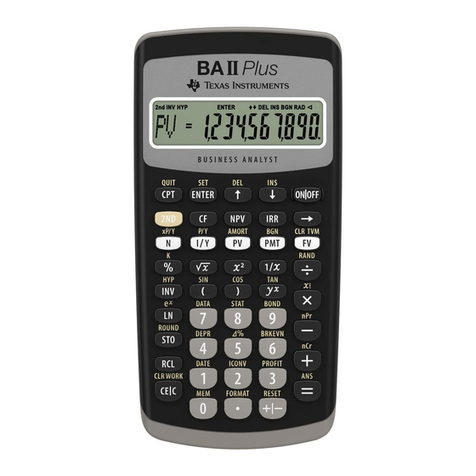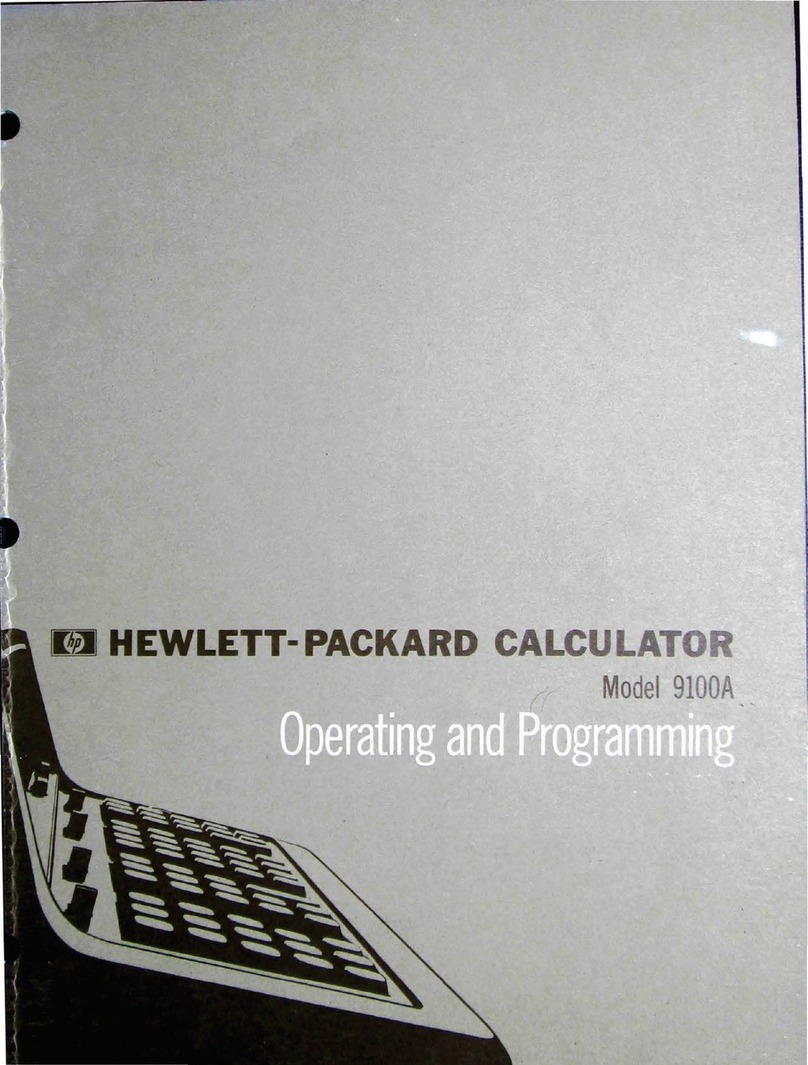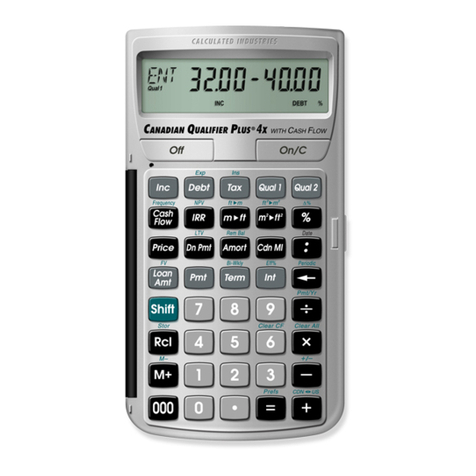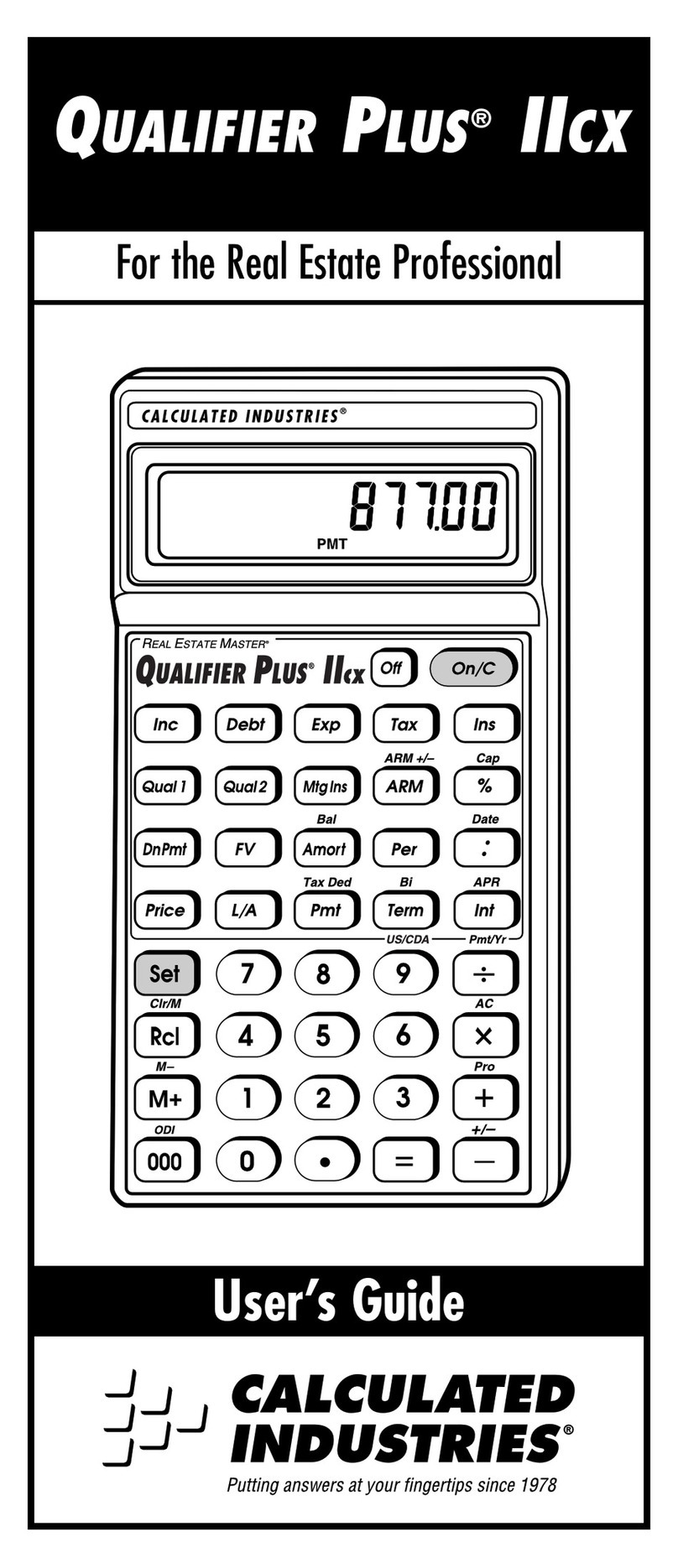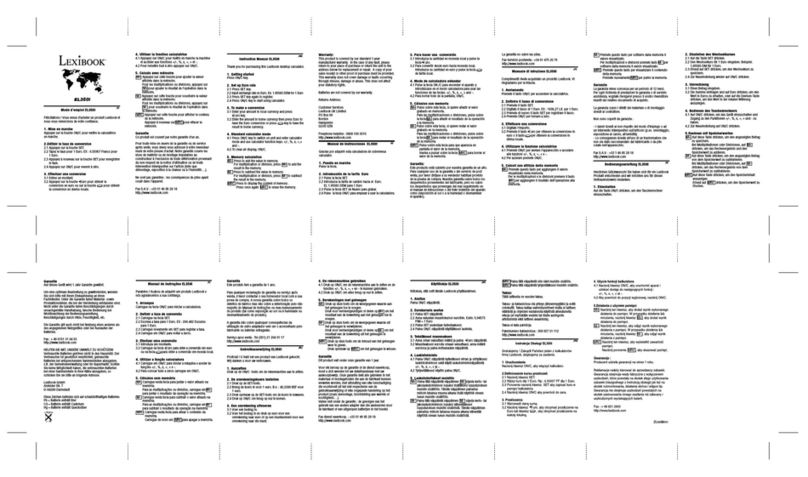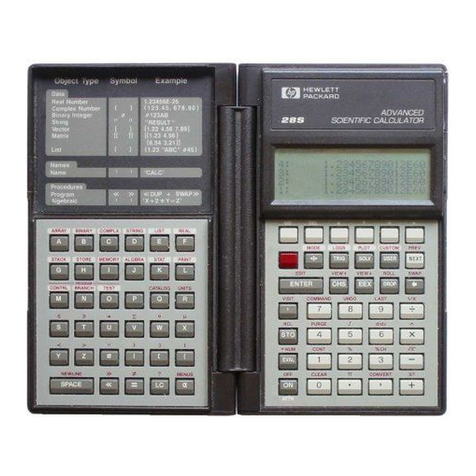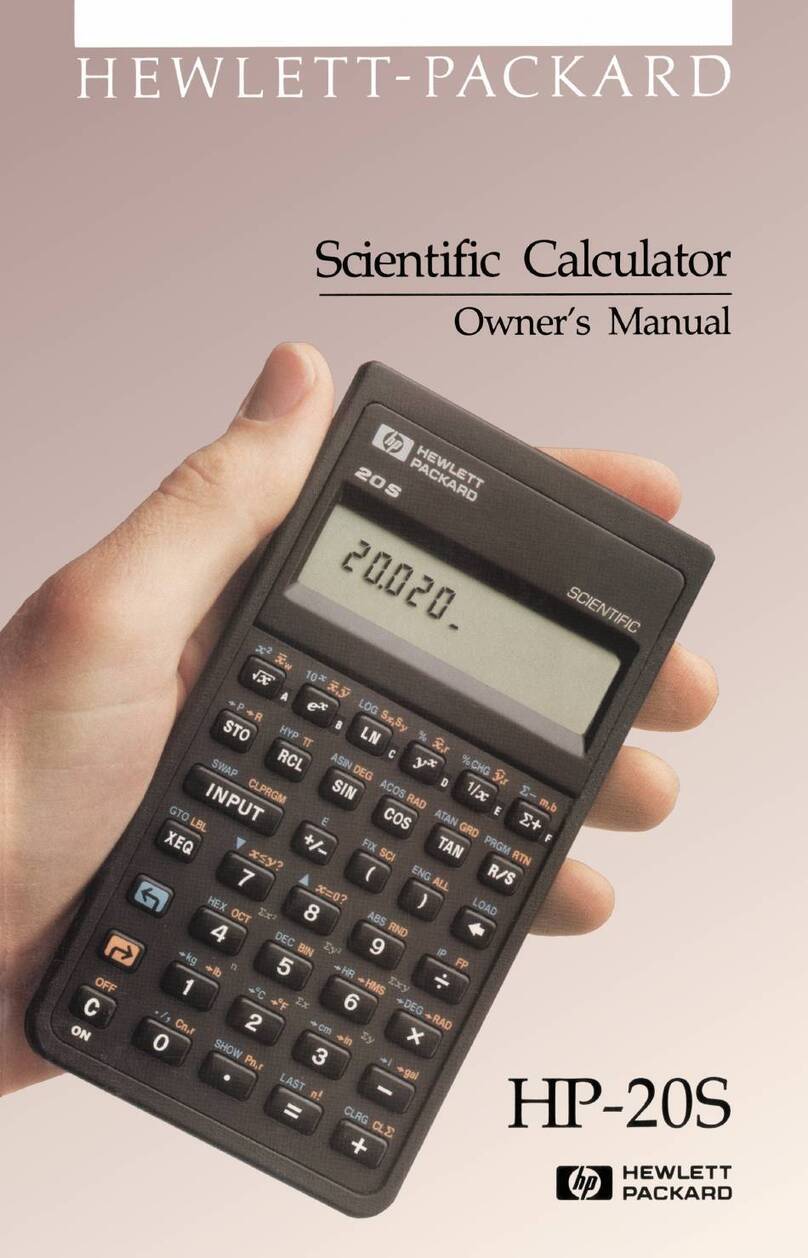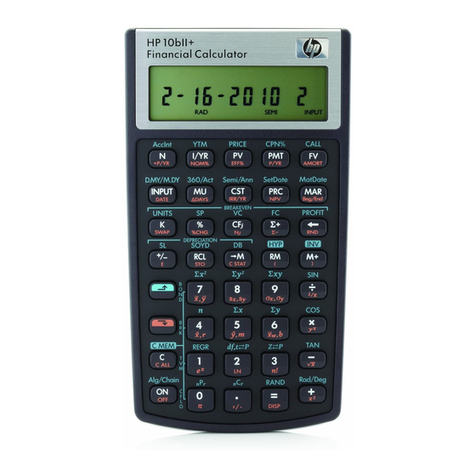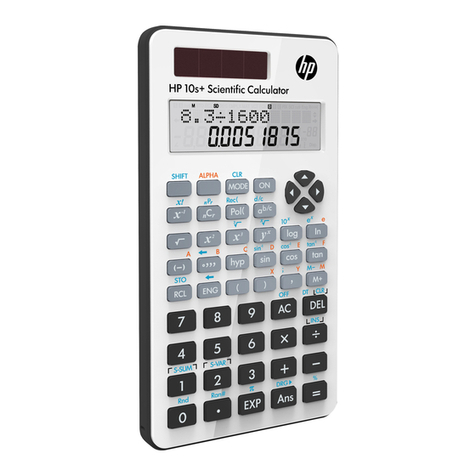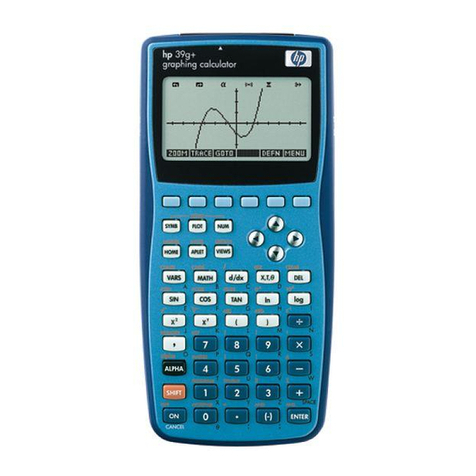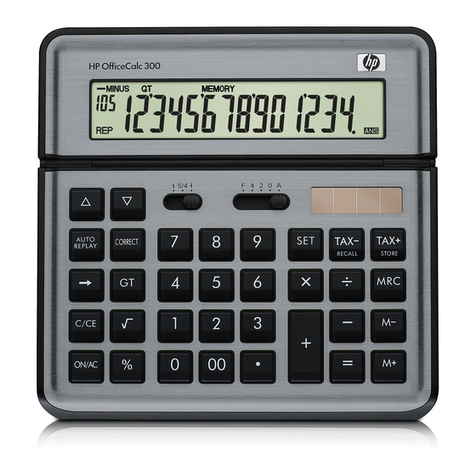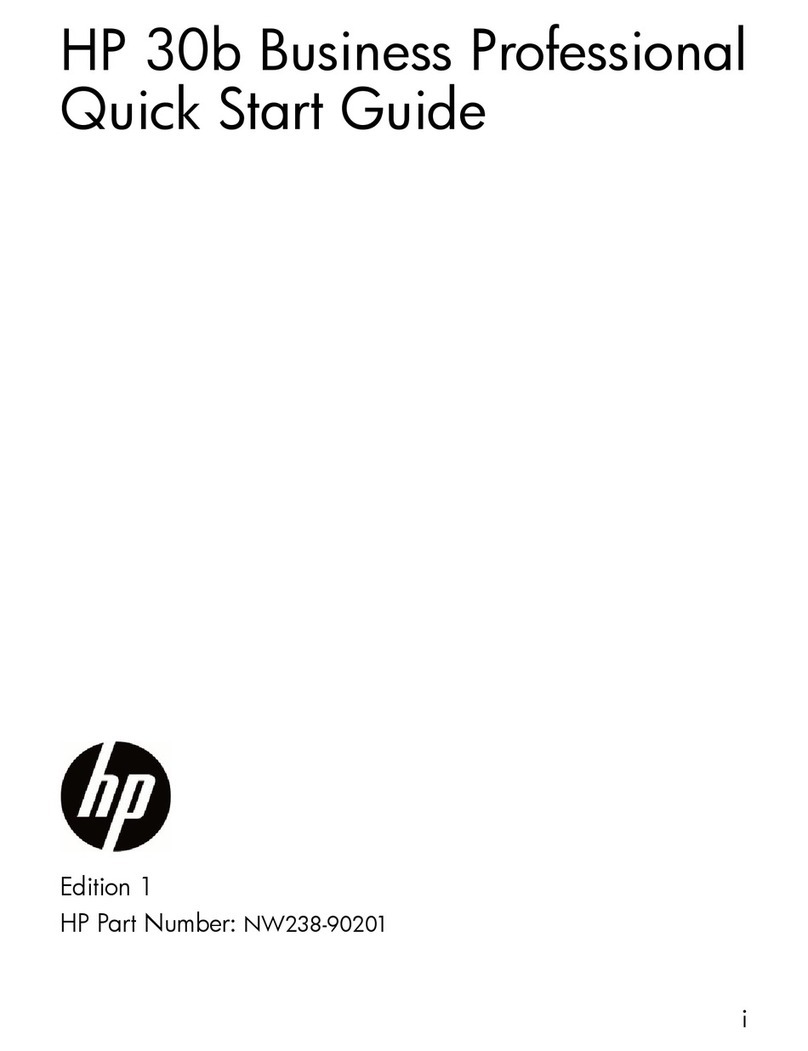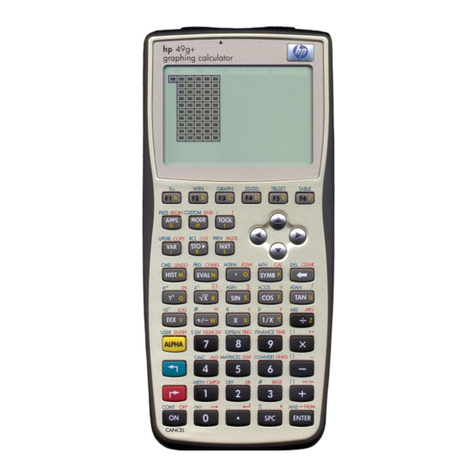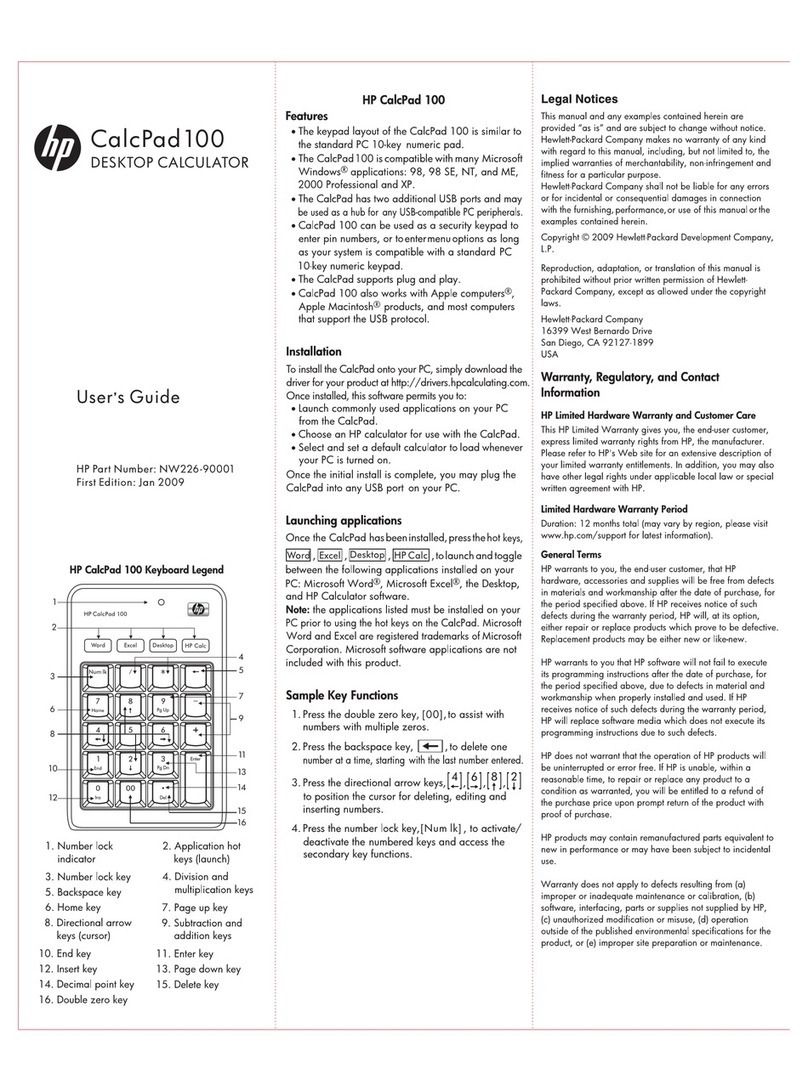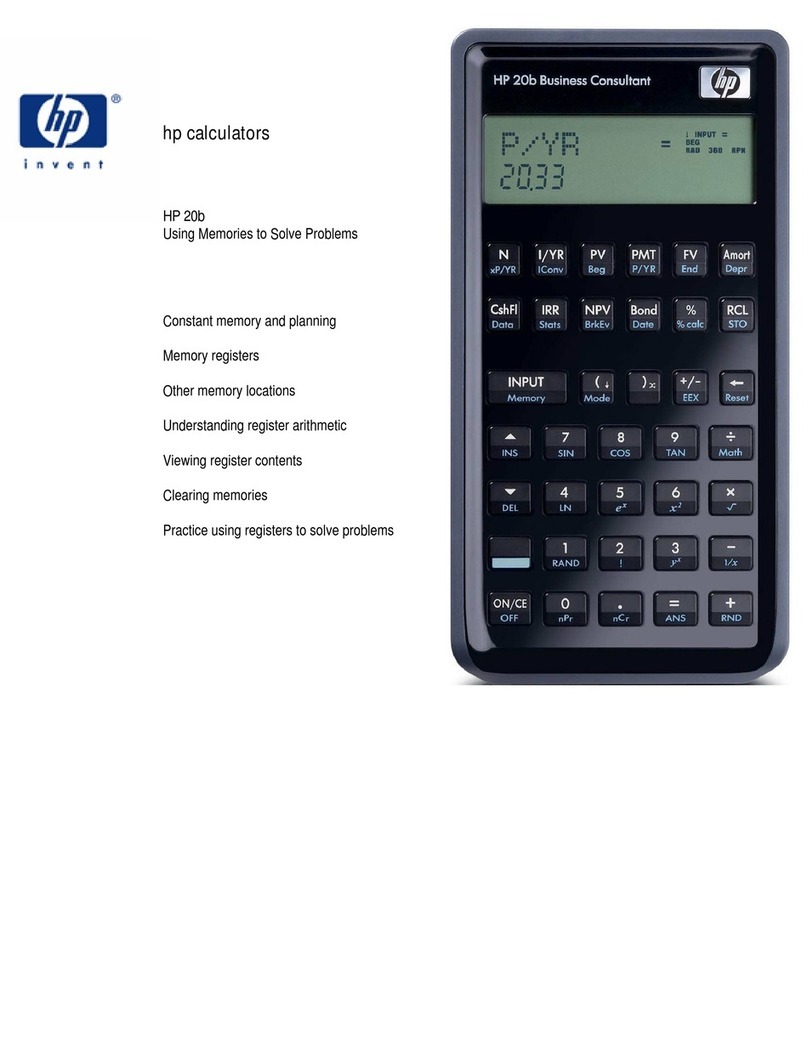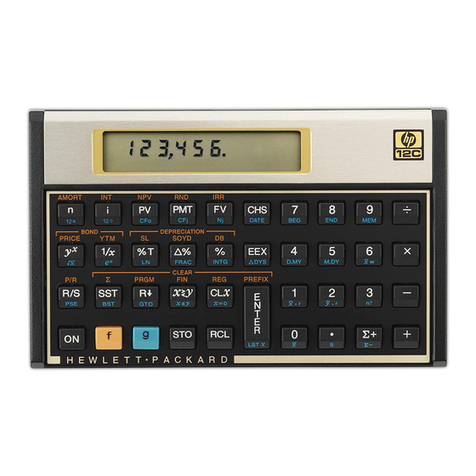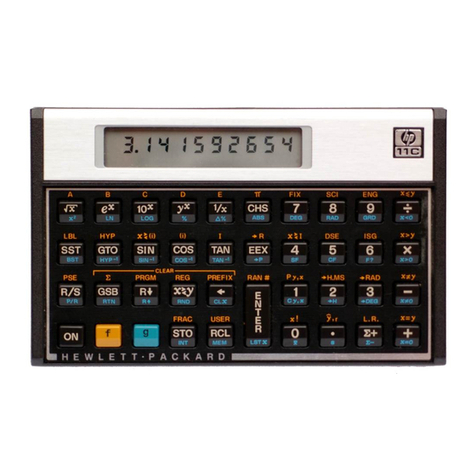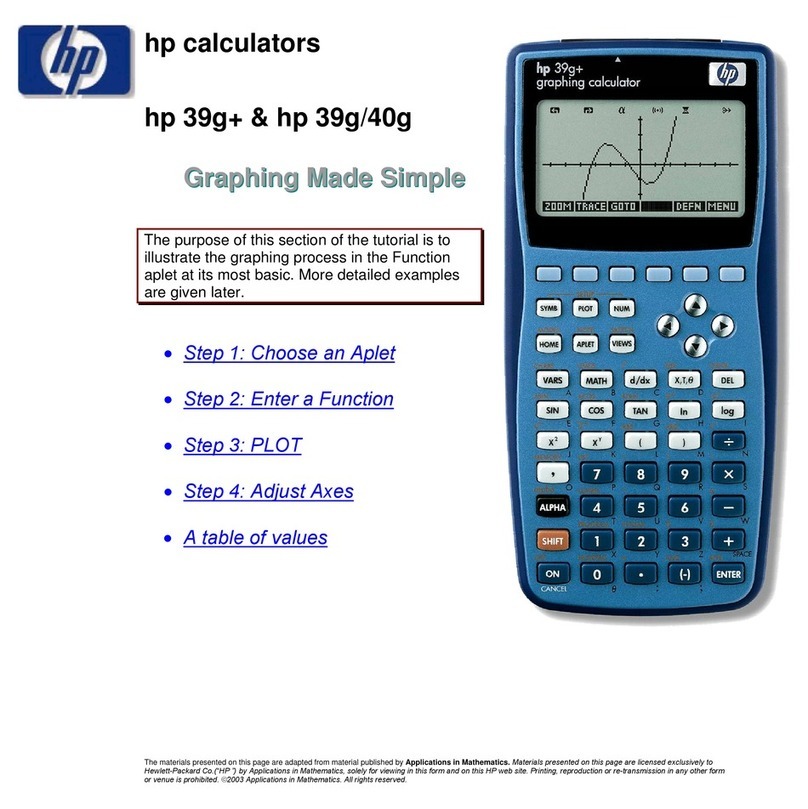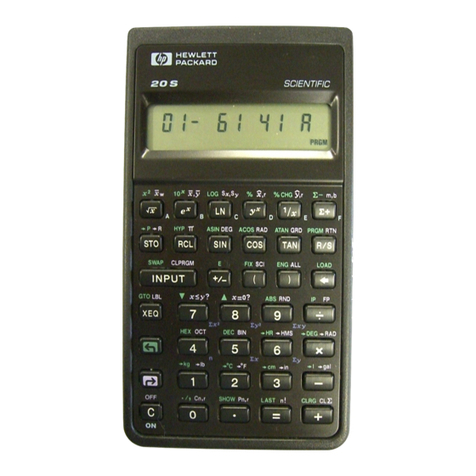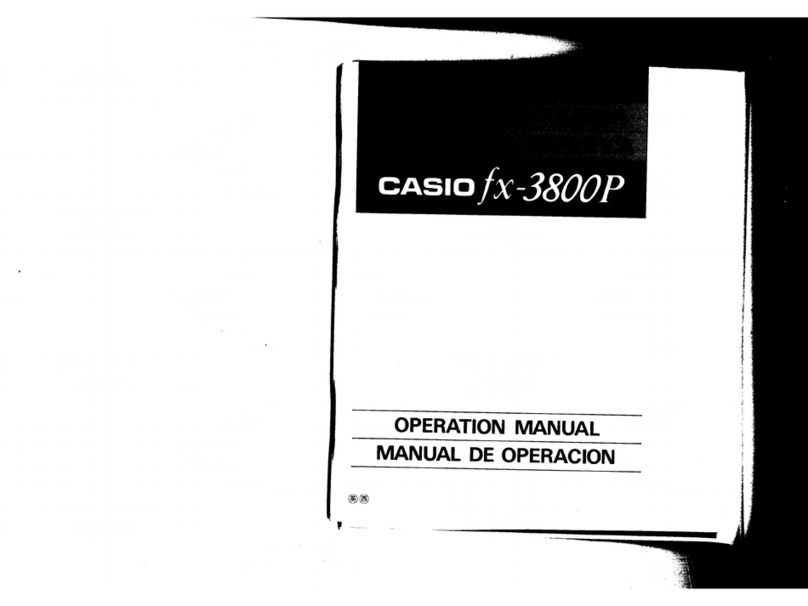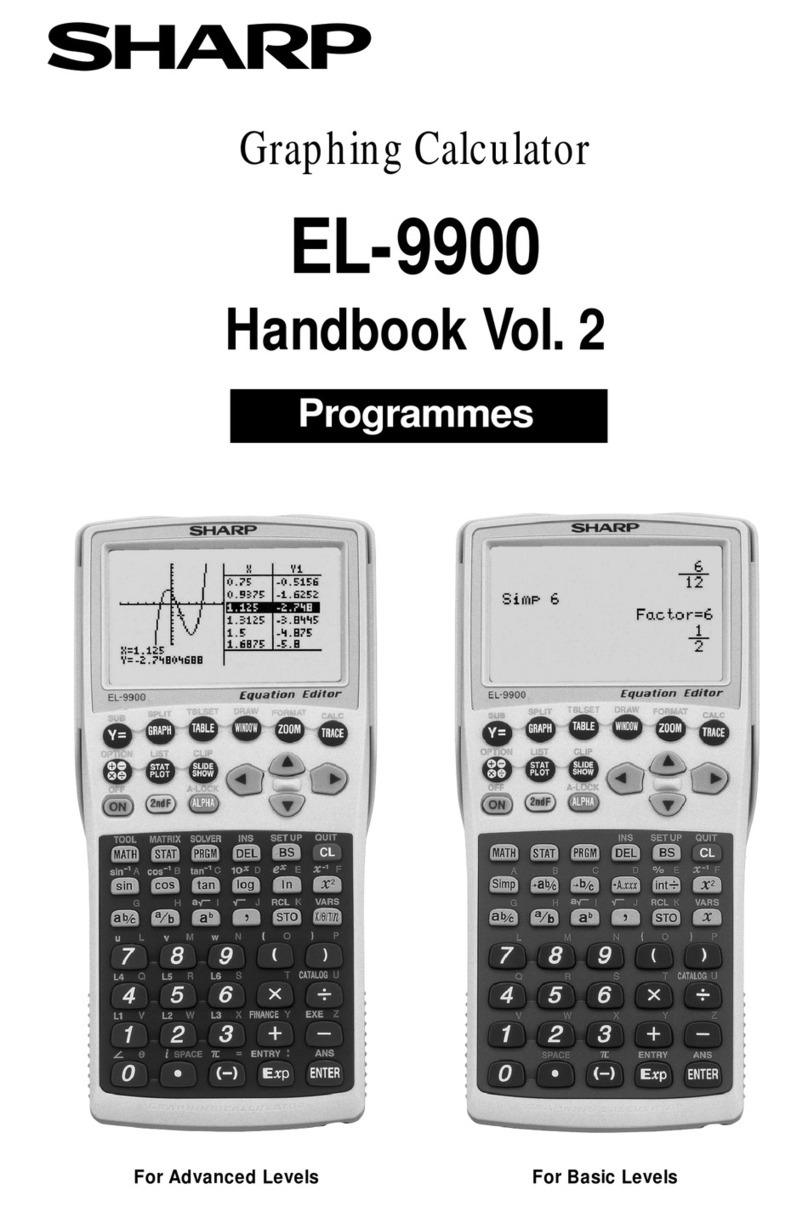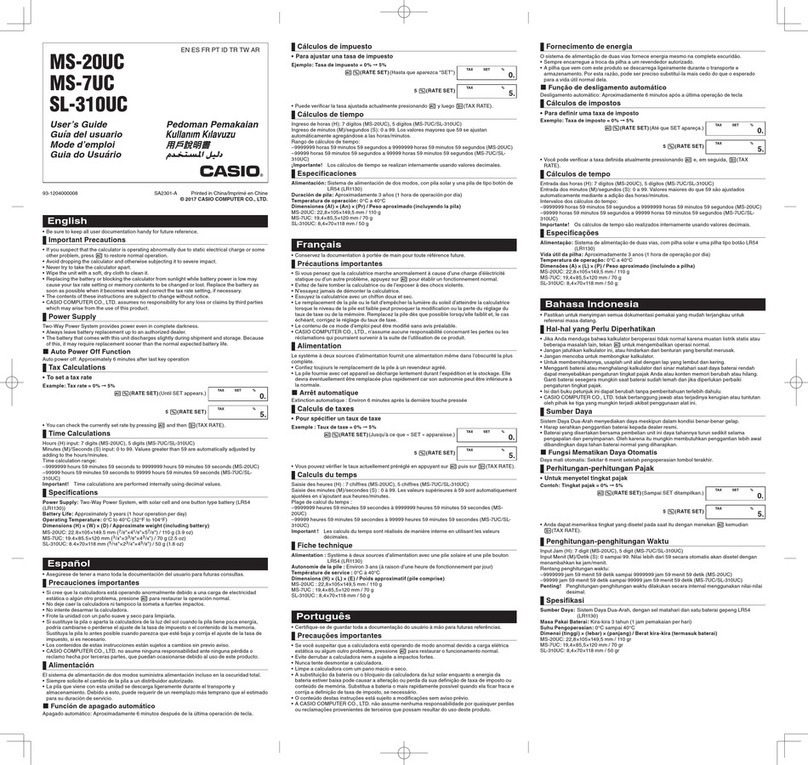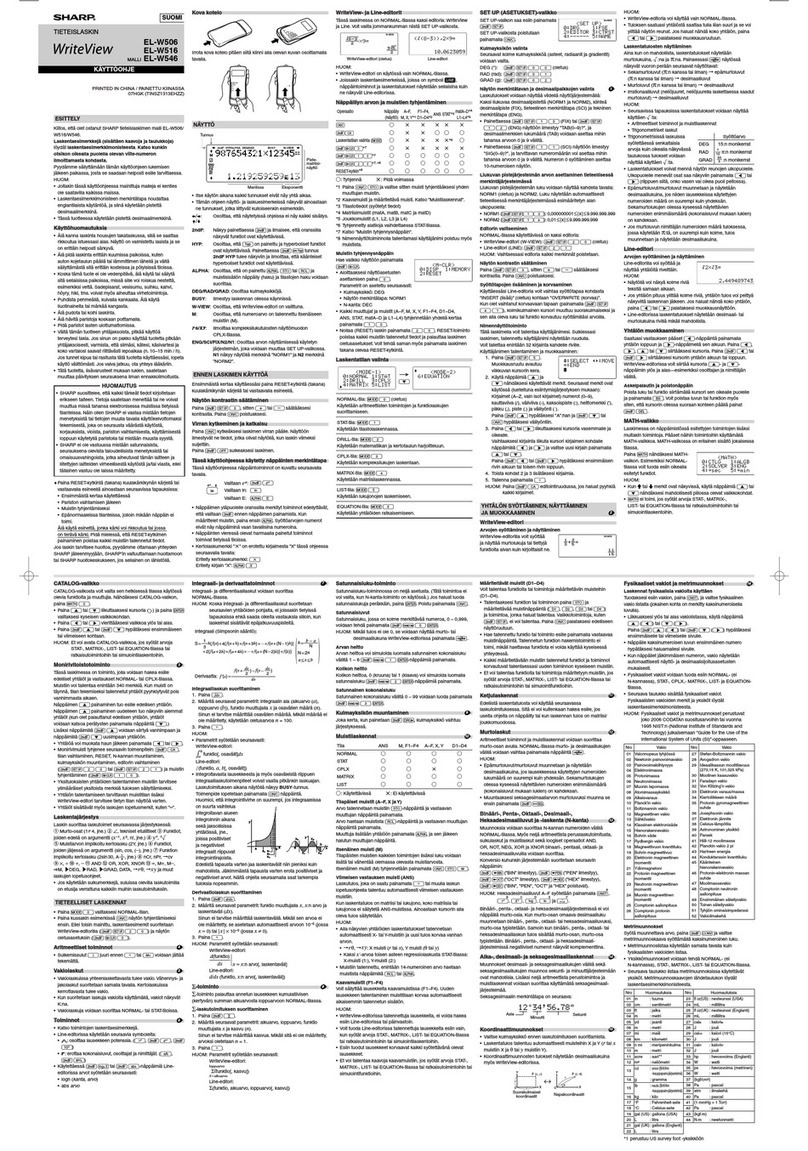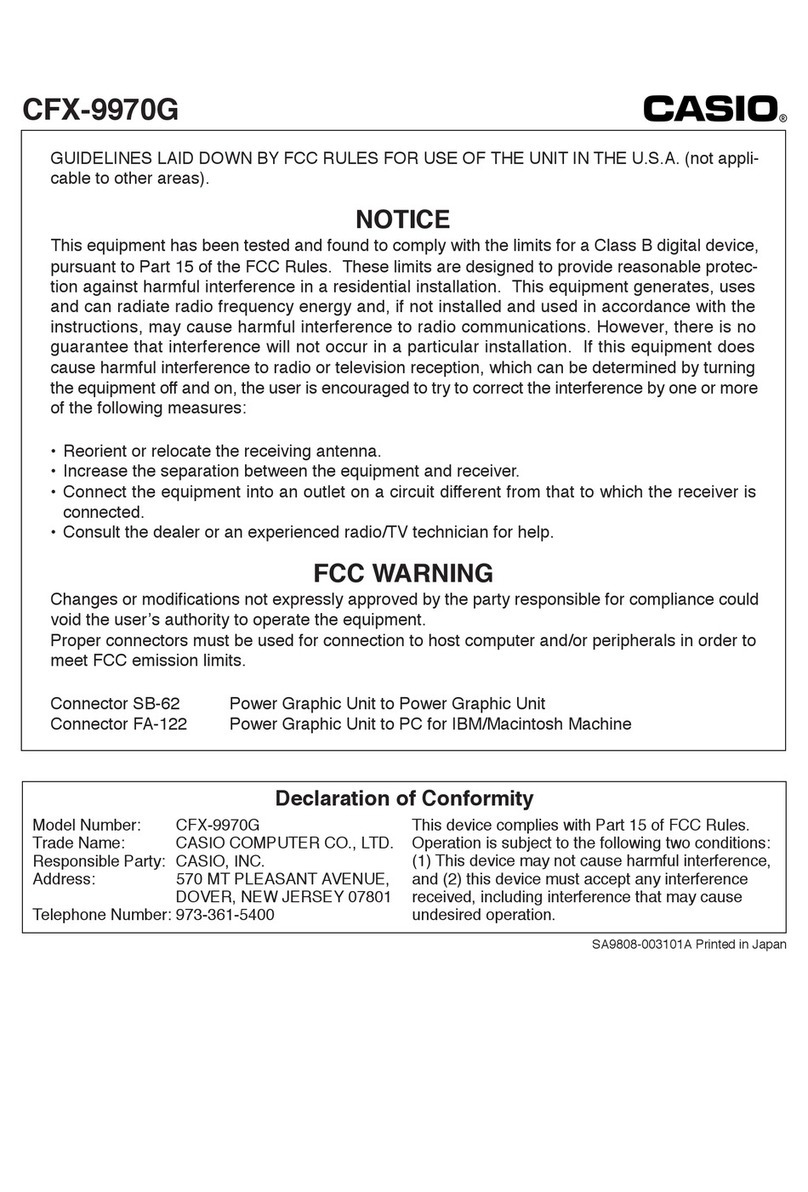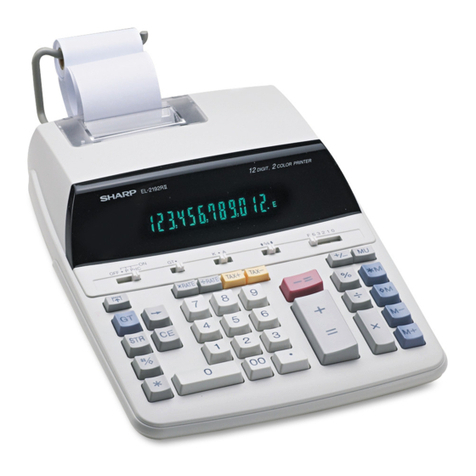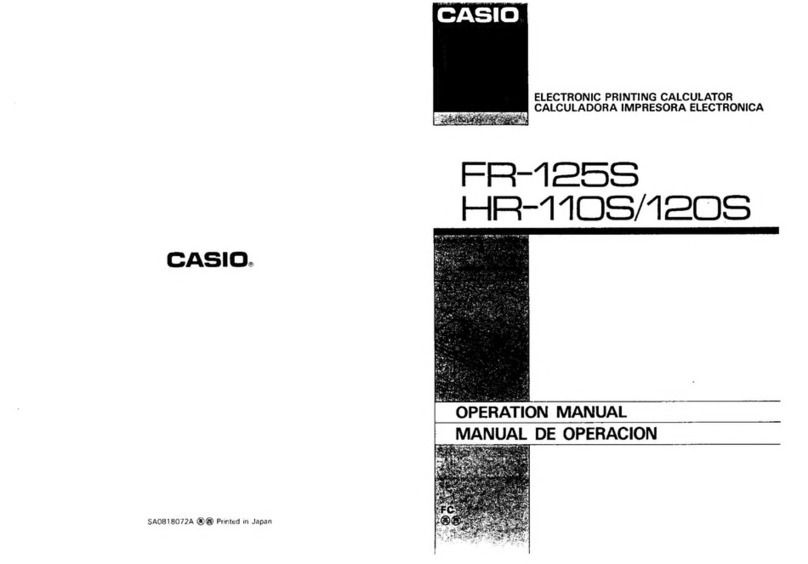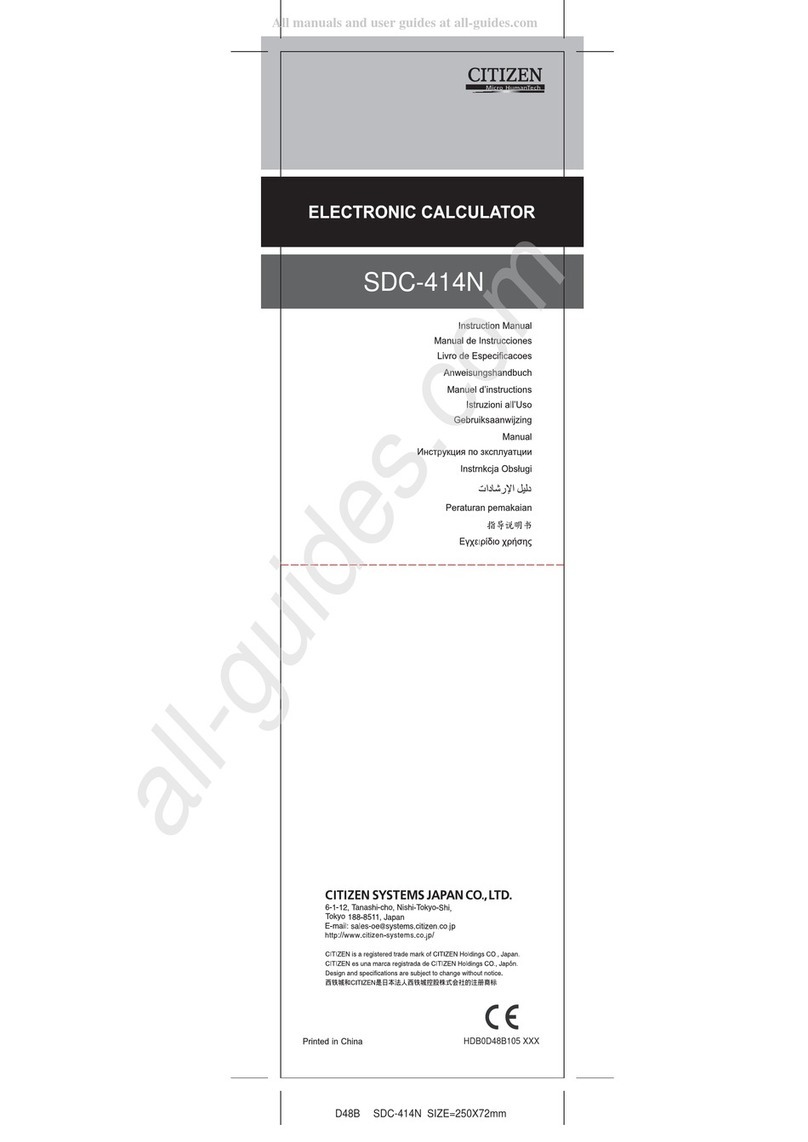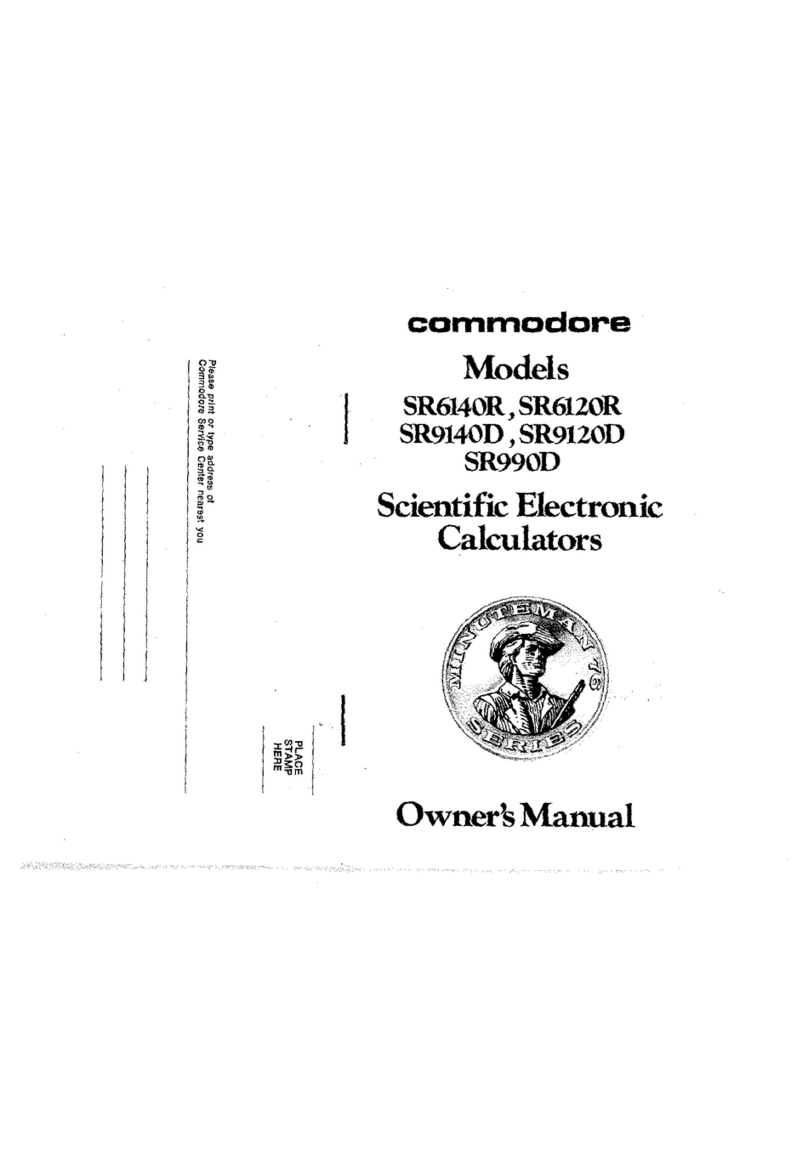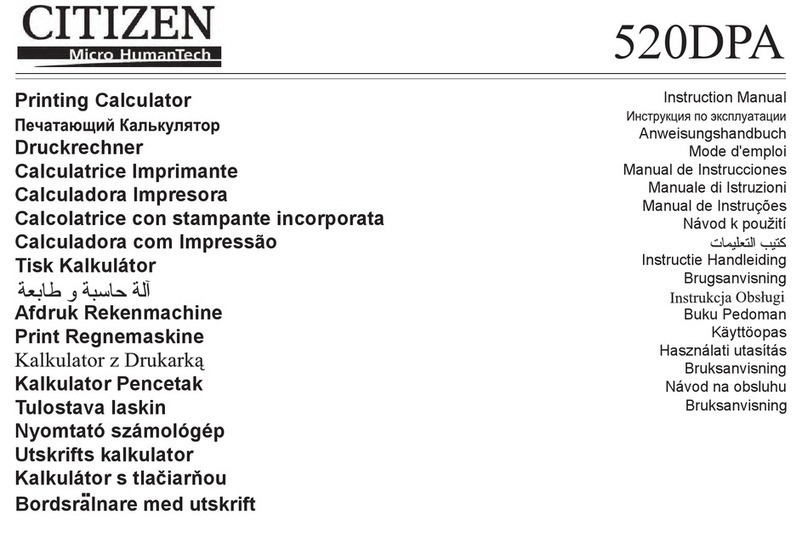
hp calculators
HP 33S Normal distribution applications
The normal distribution
The normal distribution is frequently used to model the behavior of random variation about a mean. This model assumes
that the sample distribution is symmetric about the mean, M, with a standard deviation, S, and generates the shape of
the familiar bell curve. A standardized normal distribution has a mean of 0 and a standard deviation of 1. This results in
the familiar Z value used in normal distribution problems to signify the number of standard deviations above or below the
mean a particular observation falls. It is computed using the formula shown below.
σ
=X
ZFigure 1
where X is the observation, µis the mean and σis the standard deviation. Z is often called a Z-score.
Entering the normal distribution program
Solving problems involving the normal distribution requires the entry of the program below into the HP 33S calculator.
This program can be found in chapter 16 of the HP 33S RPN/ALG Scientific Calculator Owner’s Manual.
Given a value x, this program calculates the probability that a random selection from the sample data will have a higher
value. This is known as the upper tail area, Q(x). This program also provides the inverse: given a value Q(x), the
program calculates the corresponding value x. This program uses the built–in integration feature of the HP 33s to
integrate the equation of the normal frequency curve. The inverse is obtained using Newton's method to iteratively
search for a value of x which yields the given probability Q(x). The program as listed will work in RPN mode only and that
mode is assumed throughout this training aid.
After each label's section in the program listing below, the checksum and length are displayed in parentheses to the right
of the page. These should match what you see on your HP 33S if you have entered the program correctly. To see each
checksum once you have completely entered the program below, while still in program mode, press ¹uÕ
ϺÎ. Pressing Ø(found on the cursor key at the top of the HP 33S) will scroll down through each
label in the program showing its length. To see each checksum, pressºÎ when each label is displayed. For
example, in the listing below, the (D72F – 48) indicates a checksum of D72F and a length of 48.
In RPN mode, press the following keys to prepare for entry of the program (WARNING: Doing this will erase all of
program memory):
¹£¹¡ÖÏ
Once this is done, key in the following program:
¹ÓS0eM¹ÇM1eS¹ÇSºÔ (D72F – 48)
¹ÓD¹ÇXtQeQºÈQ¹rD (EA54 – 18)
¹ÓI¹ÇQhMeX (79B9 – 12)
¹ÓTtQhÃQhXeD<tFh¯T¯eÙX
¹^0Ë0001¹¬3¹rThXºÈX¹rI (0E12 – 63)
¹ÓQhMhXºsFº"D2ºj¸?h¸SeT
¯z0Ë5ÙºÔ (FA83 – 72)
¹ÓFhDhÃMh¯S=2¯z#ºÔ (1981 – 42)
Press ¹£ to exit program mode. You are now ready to work the following examples.
hp calculators - 2 - HP 33S Normal distribution applications - Version 1.0
